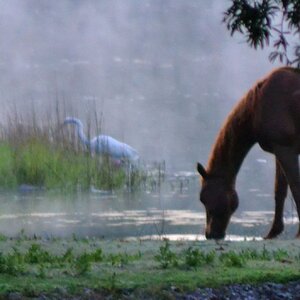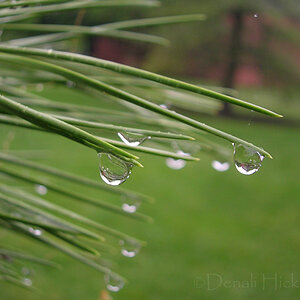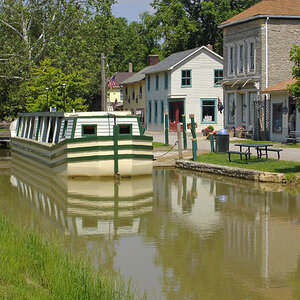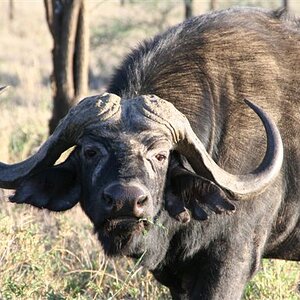DannyRodriguez
TPF Noob!
- Joined
- Jun 13, 2011
- Messages
- 7
- Reaction score
- 0
- Can others edit my Photos
- Photos OK to edit
I don't see any other forum for questions, so I'm posting here. Hope that's ok.
I got my camera today (FINALLY) and I've been playing around with it all day. I think I've figured something out but I need to know if I'm right about it before asking the first question.
Am I right if I say that exposure is controlled by the aperture and the shutter speed and nothing more?
Question 1. If so, then only in a very low light scenario, when it's ABSOLUTELY NECCESARY, are you to use your ISO, right?
I've had my ISO on 100 all day because it's my understanding that the ISO is nothing but a digital tool built in order to enhance the light digitally in order to take pictures in very low light.
So the question, the actual question is then: I am to adjust exposure using my shutter speed and aperture only, and ONLY if it's neccesary do I go over 100 ISO?
Question 2. The point of exposure.
I noticed that I could adjust my shutter speed and aperture to many different combinations and still be able to fine tune it into a perfectly exposed shot. So that got me thinking... is that the point in all pictures? Fine tune your shutter and aperture to get a perfect exposure for the picture? Or do you use too high or too low exposure in some pictures to get some sort of effect?
I got my camera today (FINALLY) and I've been playing around with it all day. I think I've figured something out but I need to know if I'm right about it before asking the first question.
Am I right if I say that exposure is controlled by the aperture and the shutter speed and nothing more?
Question 1. If so, then only in a very low light scenario, when it's ABSOLUTELY NECCESARY, are you to use your ISO, right?
I've had my ISO on 100 all day because it's my understanding that the ISO is nothing but a digital tool built in order to enhance the light digitally in order to take pictures in very low light.
So the question, the actual question is then: I am to adjust exposure using my shutter speed and aperture only, and ONLY if it's neccesary do I go over 100 ISO?
Question 2. The point of exposure.
I noticed that I could adjust my shutter speed and aperture to many different combinations and still be able to fine tune it into a perfectly exposed shot. So that got me thinking... is that the point in all pictures? Fine tune your shutter and aperture to get a perfect exposure for the picture? Or do you use too high or too low exposure in some pictures to get some sort of effect?


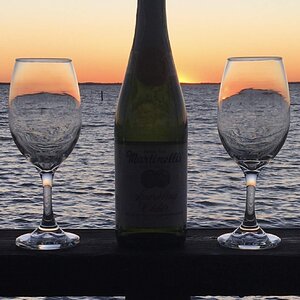
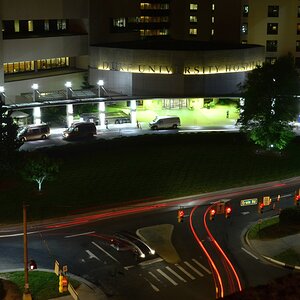
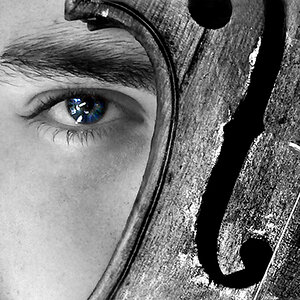
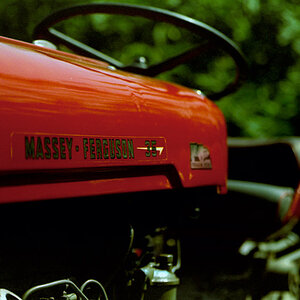
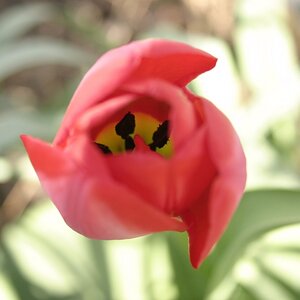
![[No title]](/data/xfmg/thumbnail/37/37128-189b79232a3c6bf0c2c530e4eea0b8cd.jpg?1619737884)
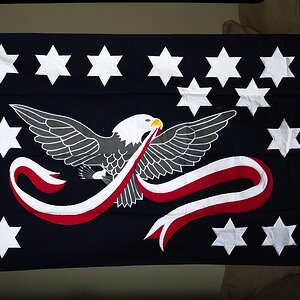
![[No title]](/data/xfmg/thumbnail/41/41493-60071420f928565170996b4edc3de2f0.jpg?1619739820)
